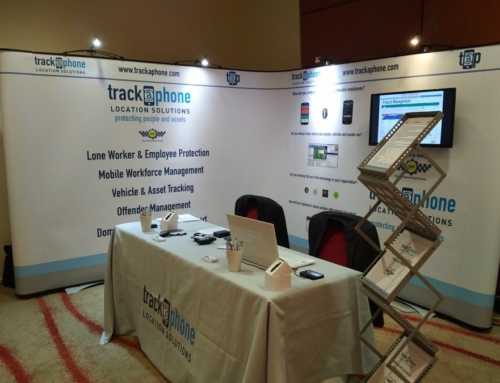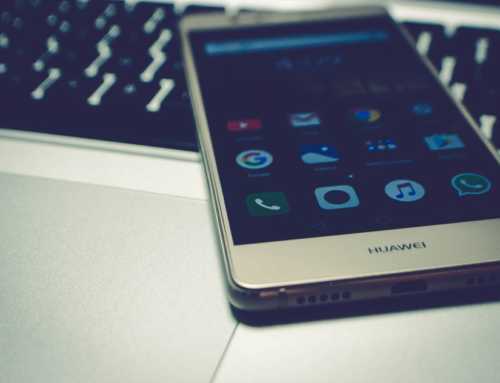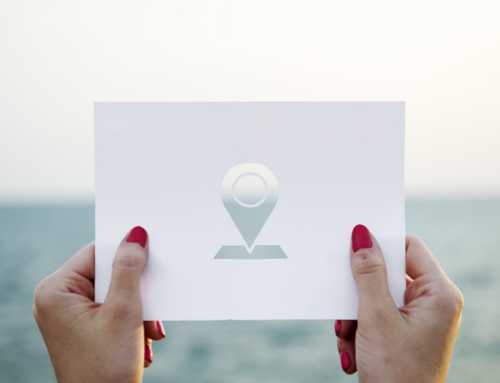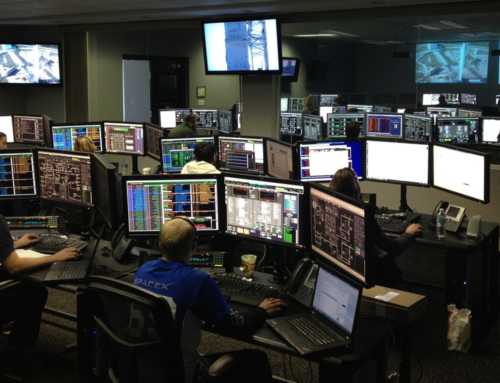Security guards, social workers, delivery agents, healthcare providers; there’s an endless list of roles today which involve working away from the office and without the support of coworkers or supervisors.
Being alone for most if not all of their day can mean that workers are at a much higher risk of harm, particularly if their line of work deals with potentially volatile people or situations.
The uncertainty about their safety can weigh down heavily on workers, often to the point it significantly affects their mental health, performance, and engagement levels. For businesses, this tends to mean unhappy staff and high turnover rates.
In recent years, however, technology has significantly changed the life of the lone worker for the better. To show how you can use it to prevent the above from happening in your business, we’re going to explore four ways you can use technology to improve lone worker safety.
A Visual Deterrent
Being able to show you have a direct link with law enforcement or some other line of safety is often enough to deter attackers and make employees feel safe.
This is most effective in the form of an alarm tag that is highly visible, say by being a bright colour and being attached to a lanyard or mobile phone. Workers can use it to inform any would-be attackers that if they were to pull on the tag, police would be immediately alerted.
Sound The Alarm
Chances are any altercation between a worker and another person will only happen in a place in which they are both completely alone.
Although this is often the case with lone workers, having an audible alarm on their person can help make them feel safer as they can use it to call for support in any moment. Smartphone tracking and safety apps include such features that are loud and recognisable enough to alert passers by or people who happen to be in the area that there’s a problem and someone is in need of help.
Mobile Tracking
Smartphones are a powerful tool for connecting people. And when you combine that power with features like alarms, automatic alerts, battery monitoring, and real time reporting, they’re also the ultimate tool for improving lone worker safety.
Mobile tracking can be managed from one central point by management, by a paired up buddy, or by an external company. Whoever does it, though, it’s as quick and easy to use them to alert the correct authorities and get help to a scene as quickly as possible.
Confidence
Although nothing can replace a tool or mobile tracking solution in a moment of crisis, one of the best ways to improve employee safety over the long run is to improve their confidence.
The level of confidence of lone workers has been proven to dramatically affect how alert and safe they feel on the job. And when they feel safe and alert, they’re more likely to be productive and be focused on doing what they do best.
Hosting confidence workshops will help workers change their perspective and show them they are never really alone, and, crucially, that fear and worry is often reduced with the more you understand and learn about a situation.






